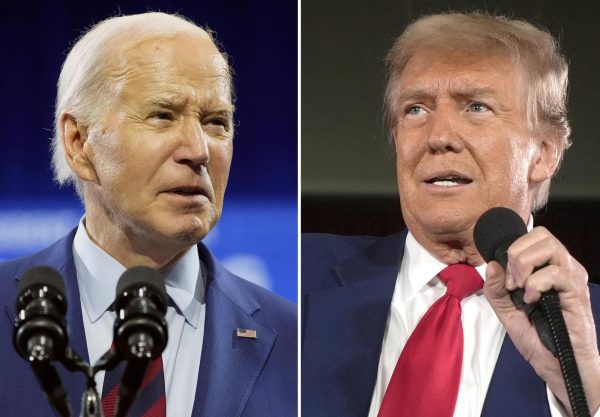Battle within BOR resembles chess game
April 14, 1992
The thermostat was turned up a notch last week in Springfield and the Board of Regents is feeling the heat.
Gov. Jim Edgar gave his budget wish list, and he included the formation of a special committee which will look at the structure of state higher education. With Lt. Gov. Bob Kustra at the helm, it seems more than ever that the BOR is living on borrowed time.
Kustra has been quite vociferous in his assertions that the system-of-systems, which includes the BOR, BOG, SIU and U of I boards, is about as efficient as an air conditioner in Alaska.
But don’t be fooled into thinking this fight is a new one. Election years always give birth to separate governing board bills.
However, during the past year, the battle has really heated up within the BOR itself. The details resemble a complex chess game and are quite interesting to analyze.
Chancellor Roderick Groves certainly had to be upset that then-Gov. Jim Thompson selected Joe Ebbesen as NIU’s alum Regent in the fall of 1990. While in the state legislature, Ebbesen had a track record a mile long of trying to separate NIU from what he might term an inefficient BOR albatross.
Ebbesen laid low for a few months before requesting a study on the number of jobs duplicated between the BOR and universities last May. Several of the old guard Regents like Carol Burns and Jerry Bender opposed this measure. Ebbesen persevered despite continued opposition and bureaucratic roadblocks and the discussion among the Regents began last month, ten months after Ebbesen’s initial request.
It seems some people think the Regents’ staff members in the Chancellor’s office are nothing more than a bunch of unnecessary bureaucratic mosquitoes sucking the blood out of the body of higher education. To be honest, I’ve seen fewer “assistant vice chancellor for …” positions in a Fortune 500 company.
Groves pulled an ace out of his sleeve at last September’s BOR meeting. Groves brought in Dr. James Worthy, the man who invented the system-of-systems, to speak before the board on “just how he did it.” It was painfully obvious that Groves brought Worthy out of the mothballs to build his case for the current system at a later date.
The behavior of the university presidents has also been interesting. NIU President John La Tourette has supported the idea of a separate board in the past but is mysteriously silent this time around. At the same time, NIU’s report on job duplication was certainly more damaging than the report presented by ISU President Thomas Wallace. The truth is that NIU has more to gain from a separate governing board than ISU does—ISU has been riding NIU’s coattails for years.
The bottom line is that the current system gives cushy, well-paying staff jobs to a lot of higher education gadflys. Money could be saved, but NIU would not fare better. The Weaver bill does not propose a solution, it merely creates a mad scramble for state money—and NIU would surely be crushed by the U of I Goliath in any battle.
Clarification: Last week I reported that in 1990 the athletic board refused to consider an agreement on pop machine monopolies. In reality, it was the university who nixed the alleged proposal.













